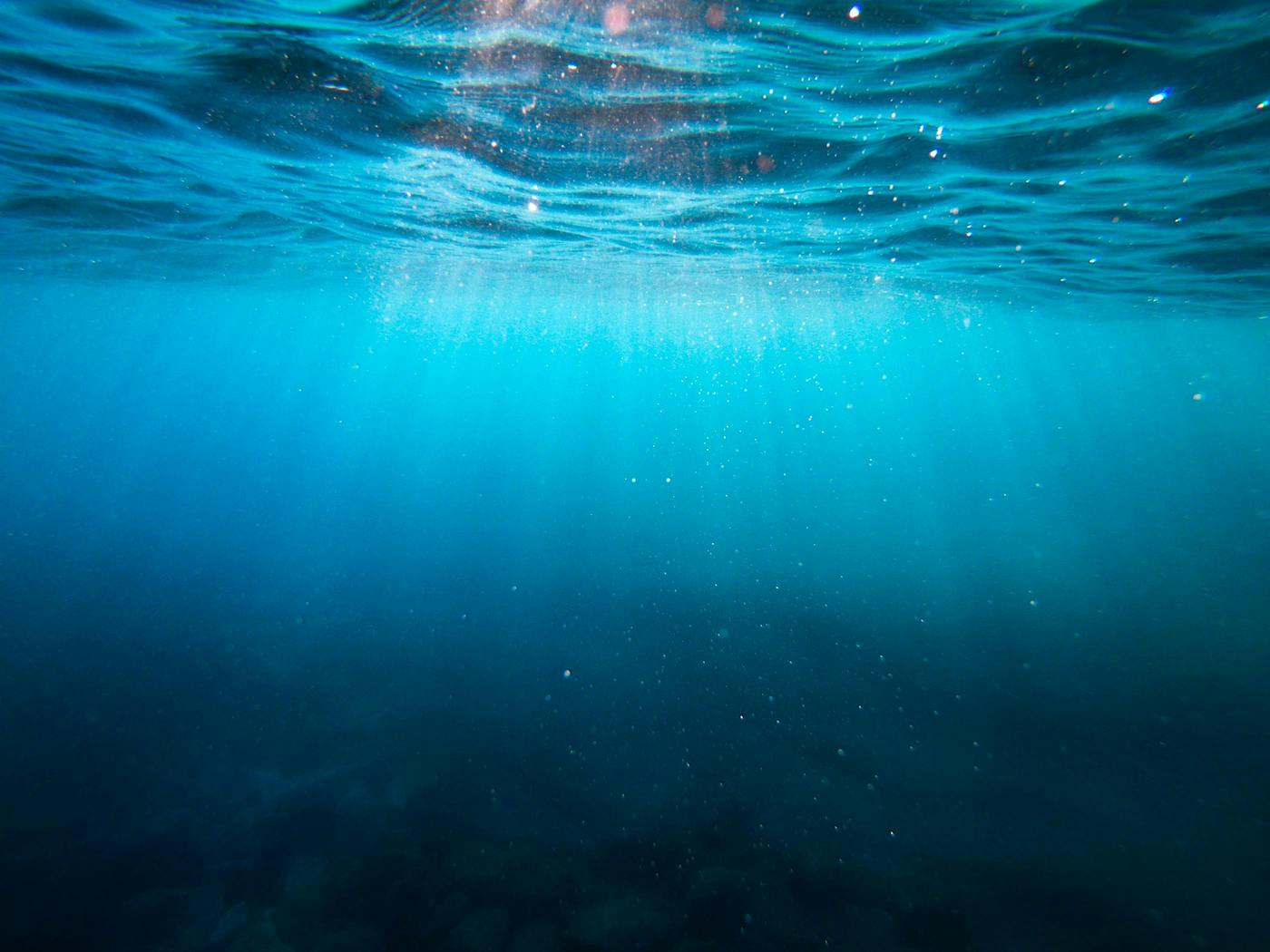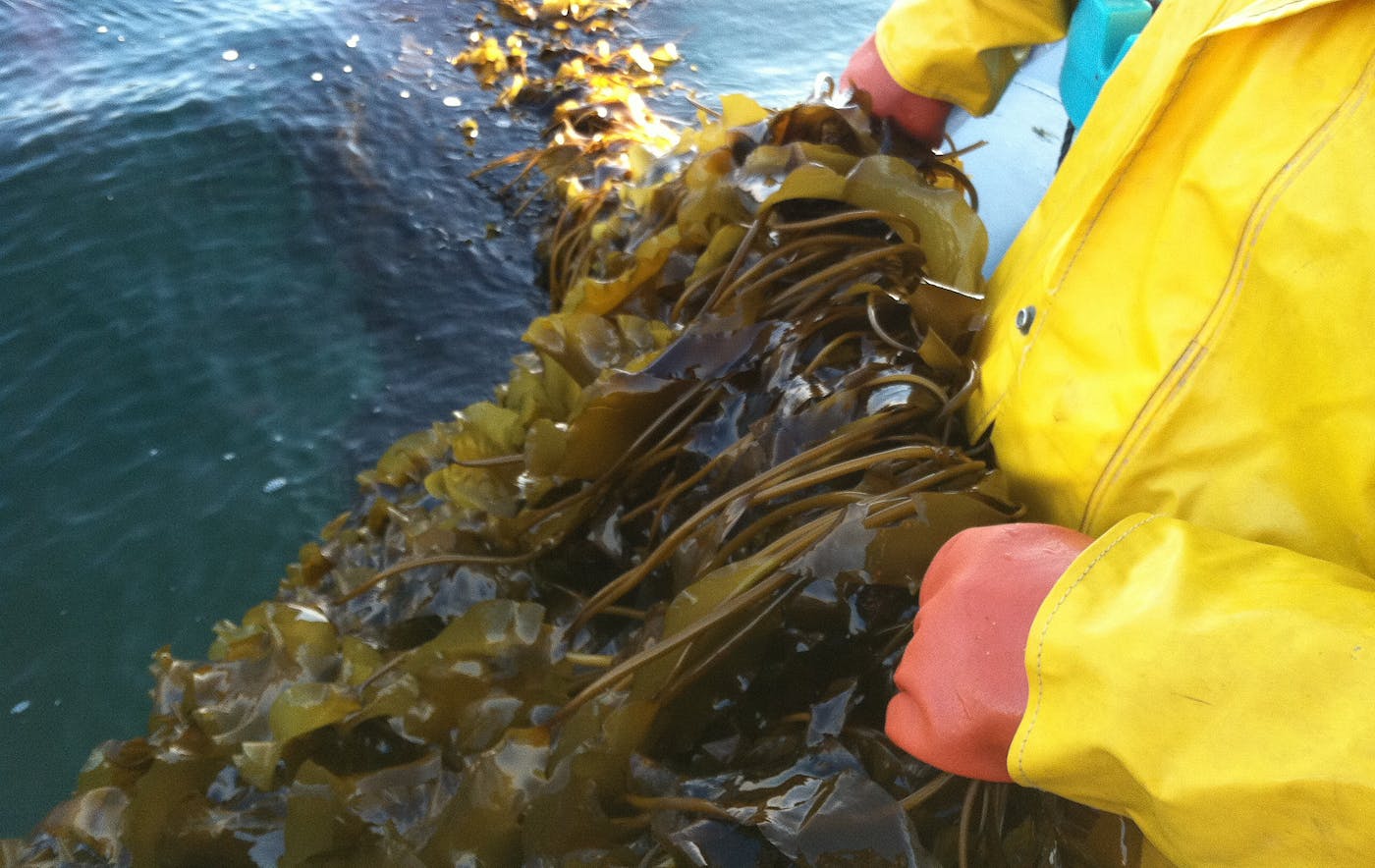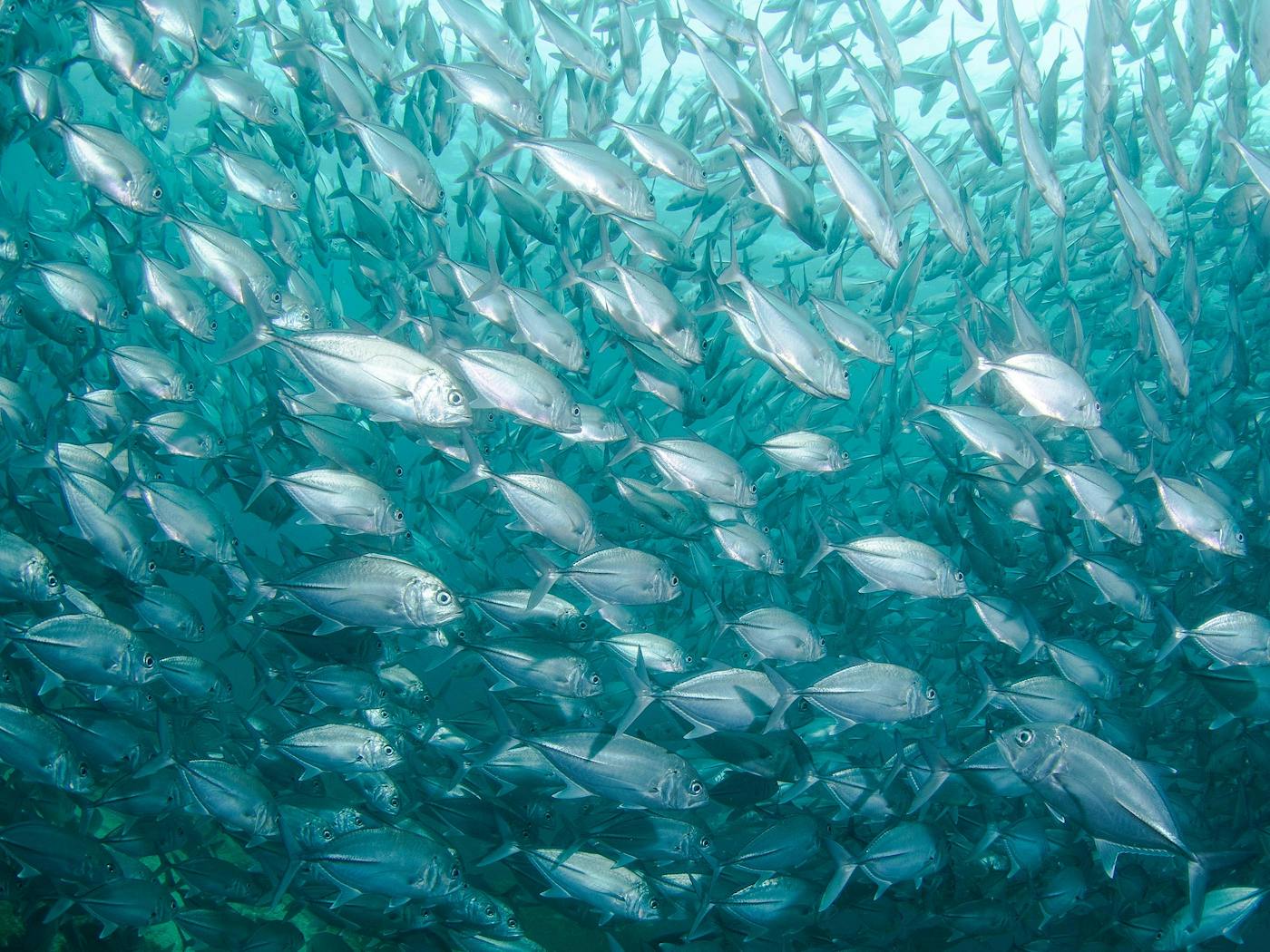
World Wildlife Fund: Seaweed and Shellfish Aquaculture Provide Sustainable Food and Environmental Solutions
Covering 70% of the earth's surface, billions of people depend on a healthy and thriving ocean. But because of climate change and other threats like habitat degradation, overfishing and pollution, the health of our ocean and the livelihoods of the people who depend on it are at risk.
"We are all affected by the ocean, from coast to coast and all those in between,” says Paul Dobbins, Senior Director of Impact Investing and Ecosystems Services at World Wildlife Fund. "Everything we do on land affects the ocean because everything flows into the ocean. Most of our rain and oxygen come from the ocean, along with a significant amount of our protein."
The World Wildlife Fund (WWF) knows that a myriad of solutions are required to adequately address the impacts of climate change and the organization is focused on two approaches to create a more resilient ocean: fixing broken global systems that lead to ecosystem declines, and protecting the ocean ecosystems that marine life and people need to thrive from further degradation. For Dobbins, that means how can we use seaweed and shellfish farming to help build a healthier ocean and thriving blue economy.
“Over half of the seafood we eat is farmed in oceans and coastal areas, which relieves some of the burden on our fisheries and marine species, but we have to make sure it’s being done in a responsible and sustainable way and not causing more harm to our oceans. Even if you're in the center of the country—and my wife's family are farmers in Illinois—you’re affected by changes to the ocean."
In recent years, new efforts have emerged around seaweed and shellfish aquaculture production in coastal waters as a means of both providing sustainable, healthy foods and providing ecosystem benefits in the form of habitat improvements, nutrient and pollution filtration, and climate solutions.
Dobbins and his team are deploying a wide range of tools to understand the full benefits of seaweed and shellfish aquaculture and ensure aquaculture is done in the most effective and safe way possible. This includes working with partners to better understand some of the challenges that could impact growth of aquaculture. Currently, WWF is partnering with the U.S. Naval Academy to test technologies that could reduce the chance of marine mammals getting caught in aquaculture lines. Recognizing the importance of coastal community engagement, WWF is also working to better understand public perceptions on aquaculture and other considerations. They are also exploring the multiple uses for aquaculture with partners like Bigelow Laboratories in Maine, where research is being done to see if seaweed cultivation can reduce ocean acidification and help the shellfish industry continue to thrive as sea temperatures rise.
Another focus is their investment in early-stage aquaculture businesses that show promise for producing sustainable products and provide benefits to marine ecosystems, habitats, and coastal areas. WWF has invested in two companies that are both producing seaweed at scale to help develop a variety of climate-friendly food and commercial products.
Looking at the big picture, WWF is focused on a wide range of solutions to help address today’s major problems. They know their research and science can only go so far and that it’s about engaging communities and industry players to get them to invest in meaningful solutions for a more sustainable planet.
"The real challenge for us is not just understanding the ocean science, so much as figuring out the social science," added Dobbins. "How do we convince our fellow community members that working together, we can reverse some of the things that have been happening to the environment and make a better future for the next generation and the generations following? It's a complicated process. It's a slow process. But there's nothing more important that we should be working on."






